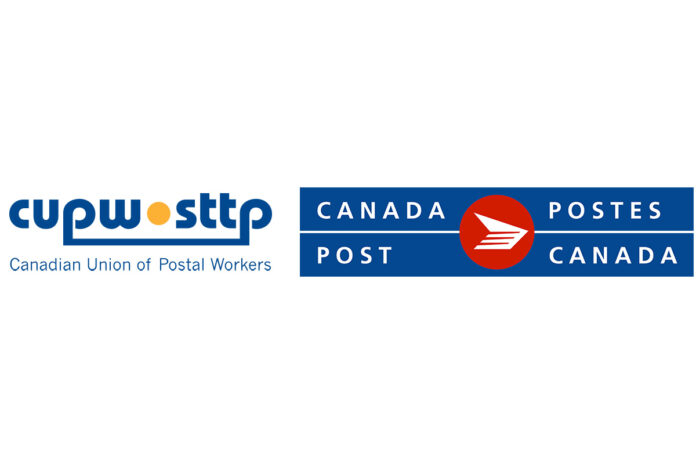OTTAWA—In a significant shift in immigration policy, the Government of Canada has announced a reduction in its immigration targets for the next three years. The 2025–2027 Immigration Levels Plan, unveiled by Immigration Minister Marc Miller, will see a marked decline in the number of new permanent residents entering the country. This plan aims to address growing public concerns about housing, infrastructure, and social services, but it has sparked considerable backlash from immigration advocates, critics, and experts who argue the measures are both short-sighted and politically motivated.
Under the new plan, permanent resident targets will be cut from 500,000 to 395,000 in 2025, to 380,000 in 2026, and 365,000 in 2027—a reduction of nearly 20 percent over two years. The government is also setting stricter caps on temporary residents, including international students and foreign workers, in a bid to alleviate pressure on Canada’s overstretched housing market. Temporary resident numbers are expected to decline by nearly 445,000 in 2025 and 2026 before seeing a slight increase in 2027.
The government has framed the reductions as a necessary recalibration after Canada’s post-pandemic immigration boom. Minister Miller emphasized that immigration was instrumental in Canada’s economic recovery, helping to avoid a recession and supporting the workforce during a time of labour shortages. “While immigration has helped our economy recover, we must now adapt to the evolving needs of our country,” Minister Miller said, underscoring the importance of “well-managed, sustainable growth.”
Yet the plan has raised questions about whether the government is prioritizing short-term political considerations over long-term economic health. Critics argue that the government’s focus on population control could stifle Canada’s ability to meet future labour demands and weaken its competitive edge in the global economy. By reducing permanent resident admissions, the government risks undermining the very workforce it needs to maintain productivity levels in key sectors such as healthcare, construction, and transportation.
Recent polls indicate a shift in public opinion on immigration, with many Canadians expressing concerns about the country’s growing population and the strain on public services. An Abacus survey conducted in late September revealed that more than half of respondents held negative views about the immigration system, citing concerns about housing affordability and access to healthcare.
Prime Minister Justin Trudeau, who has faced increasing pressure from both within his own party and the opposition, has been quick to defend the government’s approach. In a recent video address, Trudeau acknowledged the need for immigration but emphasized that the government must “manage migration responsibly” to balance economic growth with public concerns. He also blamed “bad actors” for exploiting the system, particularly large corporations and educational institutions that he claims have used international students as cash cows, charging higher tuition fees to students from abroad.
However, critics argue that the government is scapegoating immigrants for broader systemic failures, such as Canada’s underfunded housing market and the privatization of higher education. “This is an easy political fix to a complex problem,” said immigration lawyer Alicia Backman-Beharry. “By focusing on temporary residents, the government is deflecting attention from the real issues that contribute to housing unaffordability and labour shortages.”
Minister Miller’s comments about maintaining a “public consensus” on immigration highlight the growing divisions within Canada over its immigration policies. While the Liberal government has historically championed an open and inclusive immigration system, recent shifts in public sentiment have forced the government to reconsider its stance. Immigration experts warn that this pivot could damage the trust and goodwill that Canada’s immigration system has built over the years.
“Reducing immigration levels in the face of growing economic uncertainty will only exacerbate the challenges Canada already faces,” said James O’Neill, an economist at the Canadian Centre for Policy Alternatives. “By cutting immigration, the government is effectively locking out skilled workers and reducing the pool of talent that Canada needs to remain competitive in the global market.”
The immediate impact of these reductions will likely be felt by families, particularly in the area of family reunification. Under the new plan, family sponsorships will drop by 16%, from 84,000 in 2025 to just 70,000, making it harder for spouses, children, and other family members to join immigrants already settled in Canada. This move has sparked outrage among immigrant communities, who argue that it undermines Canada’s commitment to family unity and multiculturalism.
Moreover, the government’s shift on temporary residents, particularly international students, has drawn criticism from within the higher education sector. Many Canadian universities have become heavily reliant on the revenue generated from international students, and the reduction in their numbers could lead to financial instability for these institutions. Critics argue that the government is punishing students and workers who were encouraged to come to Canada in the first place.
“We have to ask ourselves whether we want to remain a global leader in education and innovation, or whether we are willing to sacrifice that for short-term political gains,” said Dr. Laura Henderson, a professor at the University of Toronto. “International students have been a vital part of Canada’s economic and social fabric and pulling the rug out from under them could have lasting consequences.”
The reduction in immigration levels also opens the door for opposition parties to capitalize on the growing frustration with the Liberals’ policies. Conservative leader Pierre Poilievre has been vocal in his criticism of the government’s immigration strategy, arguing that Canada should focus on “Canadian first” policies that prioritize Canadian workers for jobs and housing.
“The government has created this mess by overrelying on immigration to solve its problems,” Mr. Poilievre said in a recent interview. “It’s time to put Canadians first and make sure that our resources are not stretched too thin.”
As Canada grapples with its changing demographic landscape, the federal government’s decision to reduce immigration targets represents a crucial moment in the national debate over immigration. While the government insists that the cuts are necessary for the country’s long-term success, critics argue that these reductions will have lasting negative consequences for Canada’s economy, its international reputation, and its immigrant communities.
In the coming years, as housing pressures remain high and public discontent grows, the government will face increasing challenges in balancing immigration levels with the needs and expectations of Canadians. For now, the immigration debate in Canada is set to become a defining issue in the next federal election, with far-reaching implications for both the nation’s future and its place on the global stage.





